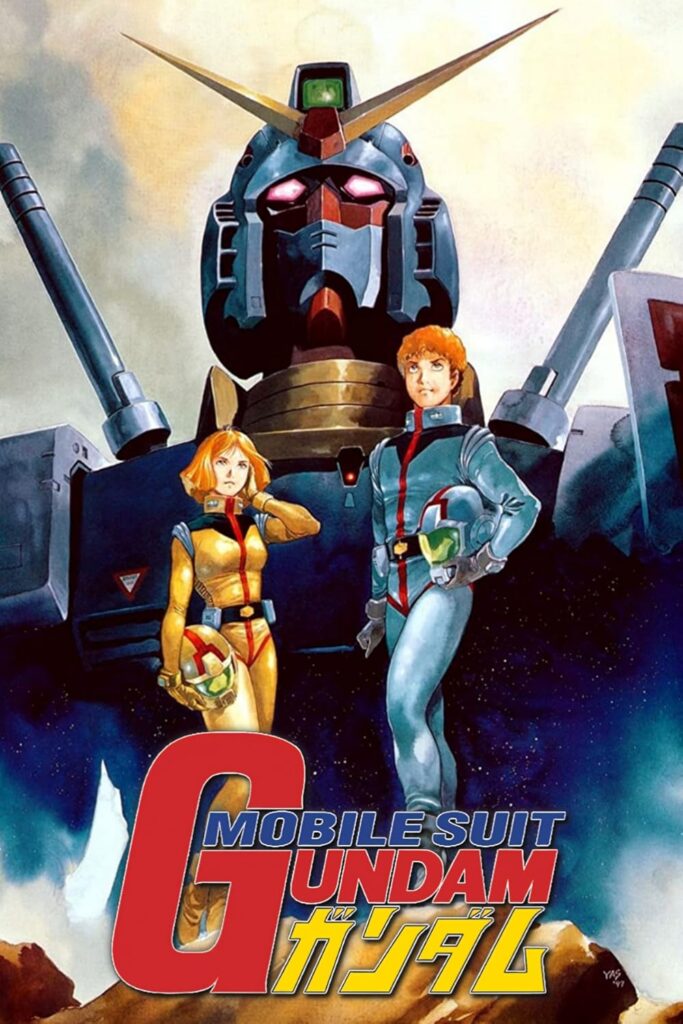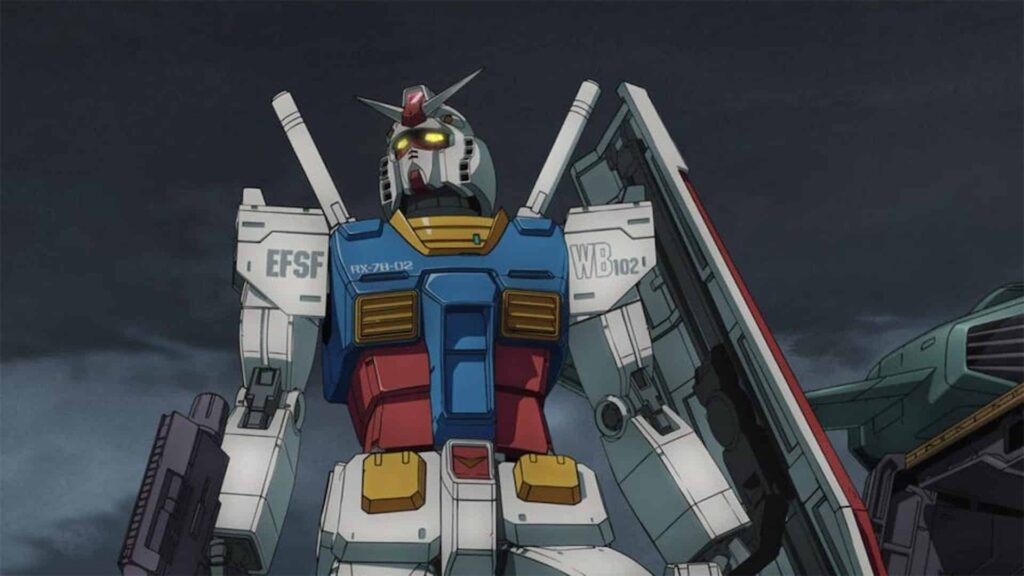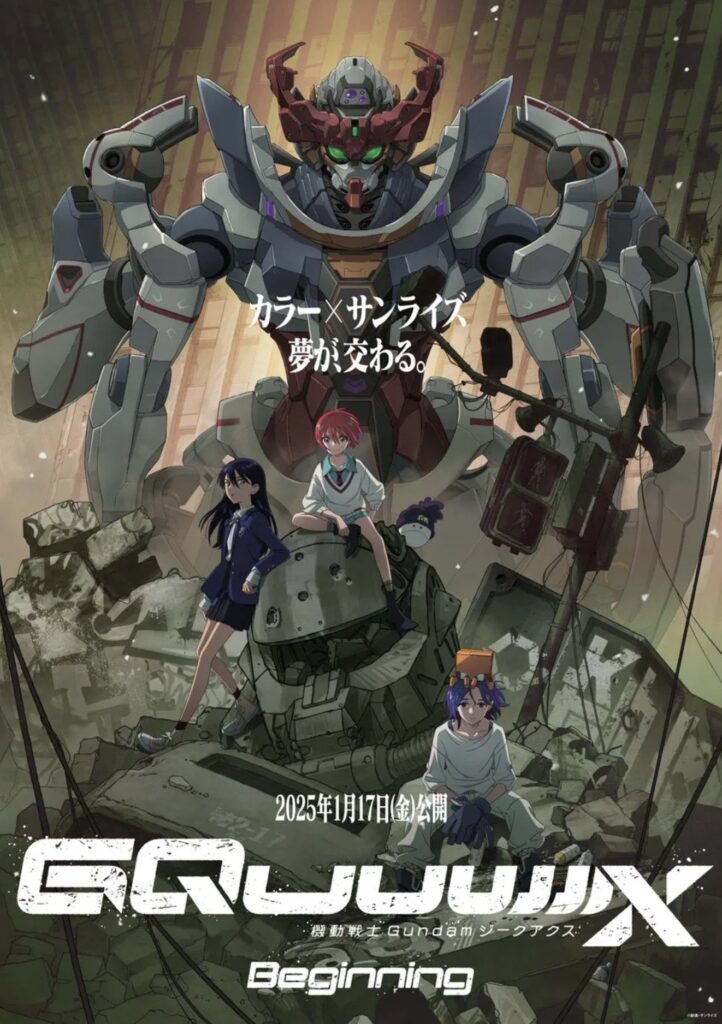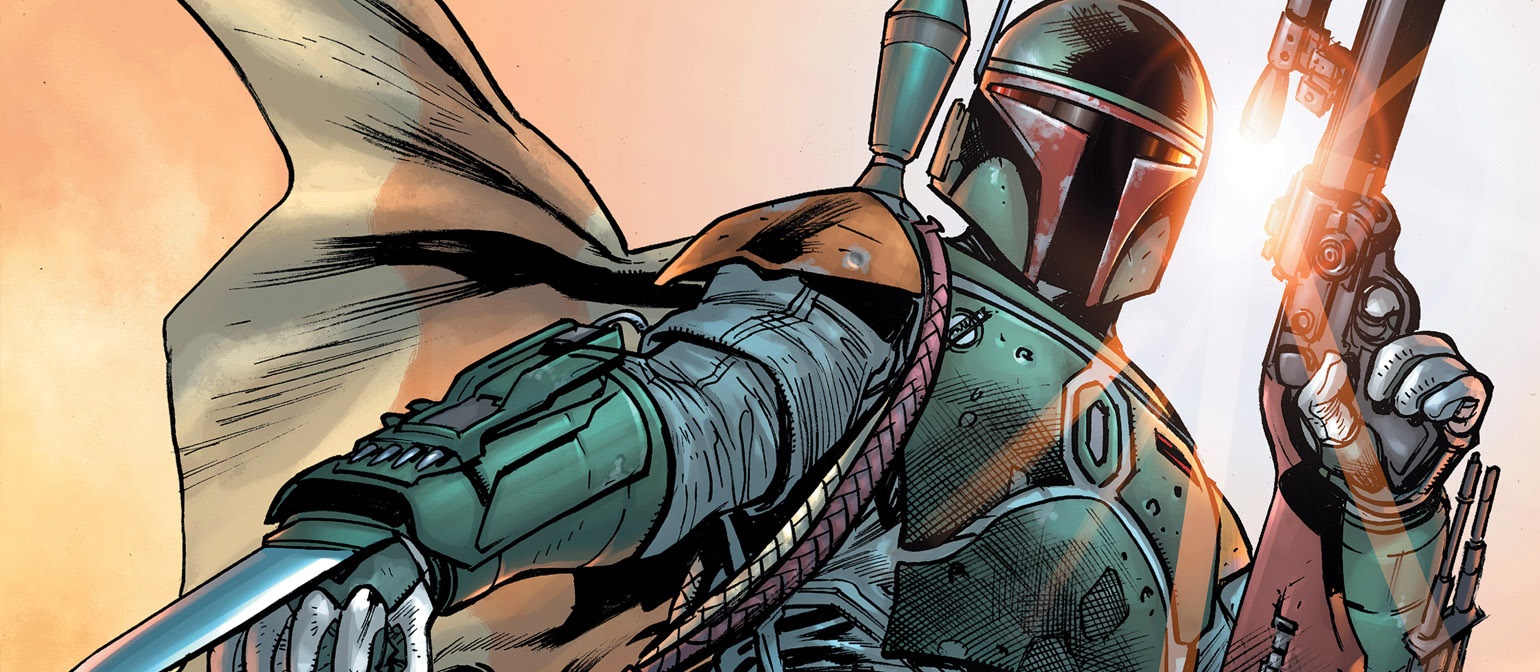For over four decades, Mobile Suit Gundam has stood as one of the most influential and enduring franchises in anime history. First airing in 1979, the series revolutionized the mecha genre, introducing a level of realism and depth that had never been seen before. Since then, Gundam has expanded into a vast multimedia empire, spanning television series, films, manga, novels, video games, and an enormous line of model kits. But what exactly makes Gundam so special? Why has it remained relevant for so long? Let’s explore the history, themes, and lasting appeal of this legendary franchise.

Before Mobile Suit Gundam, the mecha genre in anime largely revolved around “super robots”—heroic, often sentient machines piloted by courageous protagonists fighting against evil. Series like Mazinger Z(1972) and Getter Robo (1974) defined this style, with giant robots acting as invincible warriors of justice.
Then came Mobile Suit Gundam, created by Yoshiyuki Tomino and produced by Sunrise. Premiering in 1979, it introduced the concept of “real robots,” a stark contrast to the super robot formula. In Gundam, mobile suits were depicted as war machines—powerful but not invincible, requiring maintenance, fuel, and skilled pilots to operate effectively.
The original Mobile Suit Gundam followed the war between the Earth Federation and the Principality of Zeon, with young protagonist Amuro Ray reluctantly piloting the RX-78-2 Gundam to survive. Unlike traditional super robot shows, Gundam emphasized political conflicts, moral ambiguity, and character-driven storytelling.

Despite its now-iconic status, Mobile Suit Gundam was not an immediate success. Low ratings led to its early cancellation, cutting the episode count from 52 to 43. However, the release of Gundam model kits (Gunpla) by Bandai in the early 1980s breathed new life into the series. As the Gunpla craze took off, interest in Gundam surged, leading to a compilation film trilogy that condensed the original series into three movies. These films were a massive hit, cementing Gundam as a lasting franchise.
The continued success of Gundam isn’t just about giant robots fighting in space. It resonates with audiences for many reasons, from its storytelling depth to its cultural impact.
Unlike many mecha series that focus on good versus evil, Gundam portrays war in a nuanced and realistic way. The Earth Federation and Zeon (or other factions in later series) are rarely portrayed as purely good or evil. Instead, they reflect real-world political conflicts, with corruption, ideology, and power struggles driving their actions.

For example, Mobile Suit Gundam: Iron-Blooded Orphans (2015) explores themes of child soldiers, economic exploitation, and class struggle, showing how war impacts those at the bottom of society.
From Amuro Ray’s reluctant transformation into a soldier to Char Aznable’s deep-seated vendettas, Gundam characters often undergo significant development. The franchise avoids one-dimensional heroes and villains, instead presenting layered individuals with personal motivations and flaws.
A great example is Mobile Suit Gundam: The Witch from Mercury (2022), which introduces a female protagonist, Suletta Mercury, and explores corporate greed, political machinations, and identity through her journey.

One of Gundam’s greatest strengths is its mechanical design. From the classic RX-78-2 Gundam to the sleek Wing Gundam Zero and the menacing Sinanju, each series introduces unique mobile suits that capture fans’ imaginations.
The designs aren’t just for show; they reflect the technological and tactical aspects of warfare within the universe. Some Gundams prioritize agility, while others emphasize raw firepower or defensive capabilities, adding layers to the battles.
Gunpla (short for “Gundam plastic models”) has played a crucial role in keeping Gundam popular. Since the early 1980s, these model kits have allowed fans to build, customize, and display their favorite mobile suits.
The hobby has only grown over the years, with advancements in engineering making modern Gunpla easier to assemble while offering incredible detail and articulation. From beginners to expert modelers, Gunpla has something for everyone.
Even after 40+ years, Mobile Suit Gundam shows no signs of slowing down. New series continue to push the boundaries of storytelling and animation, and upcoming films like Mobile Suit Gundam SEED Freedom (2024) and Mobile Suit Gundam GQuuuuuuX (2025) prove that the franchise remains a global phenomenon.

Additionally, the rise of digital streaming has made Gundam more accessible than ever, allowing new generations to experience its compelling stories. With Bandai Namco continuing to support Gunpla, video games, and animated projects, the future of Gundam looks brighter than ever.
Mobile Suit Gundam isn’t just an anime series—it’s a cultural icon. Its blend of deep storytelling, thought-provoking themes, incredible mecha designs, and the hands-on appeal of Gunpla has made it one of the most beloved franchises in history. Whether you’re a longtime fan or someone just getting started, Gundam offers an incredible world to explore, with stories that remain relevant and impactful to this day.
With new projects on the horizon, Gundam continues to prove that it is more than just a series about giant robots—it’s a saga that reflects the complexities of war, human nature, and the future of technology.




